Hubble's View of an Incredible Star: AG Carina
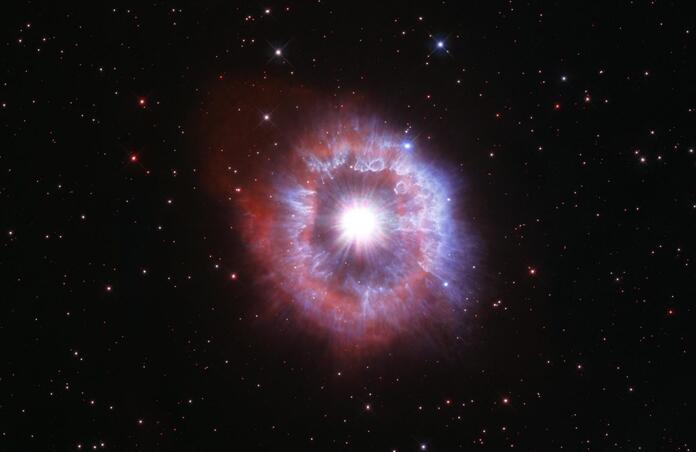
For its 31st birthday, Hubble has been offered a look at a rare type of unbelievably huge star: a luminous blue variable.
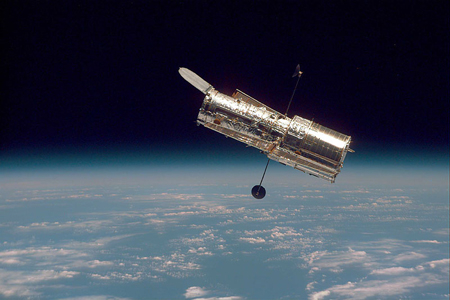
Luminous blue variables (LBVs) are extremely rare, there are only between 20 and 50 in our local group of galaxies. AG Carina, the one the HST observed, is one of the few within our own Milky Way, some 20 000 light-years away from Earth. It is thought to have started off as a 100 solar masses star, which implies very short lifetimes of the order of a few million years for LBVs. Recent studies suggest that the LBV phase is the last stage of Hydrogen burning and early stage of Helium burning for a blue giant, before the star becomes a Wolf-Rayet star. What distinguishes these giant stars from more typical stars is that can show dramatic variations in brightness, usually periodic outbursts and unpredictable eruptions. This has led to misclassifications as supernovae. AG Carina shows variations between 1 and 1.5 million solar luminosities – another reminder about the incredible size of these objects. As well, these pulsations affect the radius, temperature and spectral features of the star, for AG Carina values are of order 65 – 400 solar radii, equivalently 20 000 – 8 000 K temperatures (at a smaller radius, the temperature is distributed over a smaller area, so it will be higher). This can be understood from the “battle” between radiation and gravitational forces in stars.
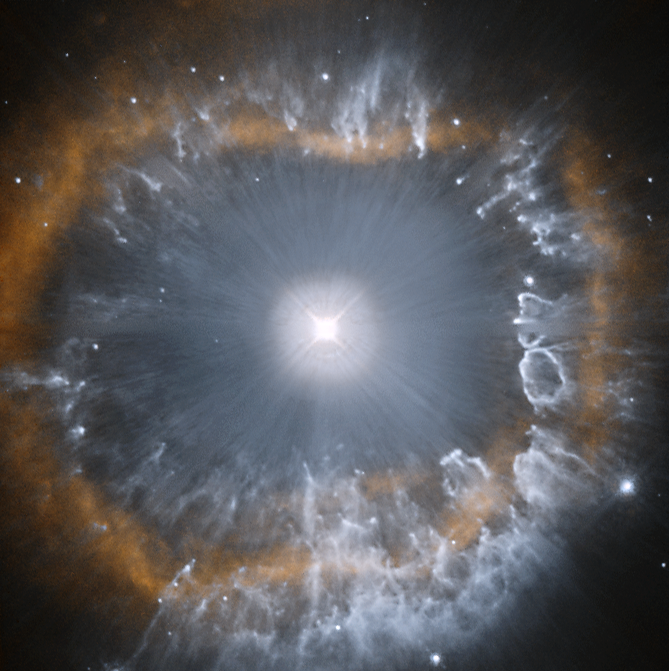
AG Carina is even more spectacular considering the “nebula” that surrounds it; more precisely, a giant eruption about 10 000 years ago has stripped off the star’s outer layers, forming the shell of gas and dust. This material is about 10 solar masses, showing how during the LVB phase, the star loses much mass already during the few eruptions, although it will eventually undergo supernova and expel much more mass within an extremely short timeframe, including heavy elements beyond Iron produced during the collapse. Anyhow, the shell has a diameter of about 5 light-years, which is the distance between the Sun and our closest neighbour star Proxima Centauri. The filaments in blue on the latest HST image are denser regions of dust, while the red represents Hydrogen and Nitrogen emission.
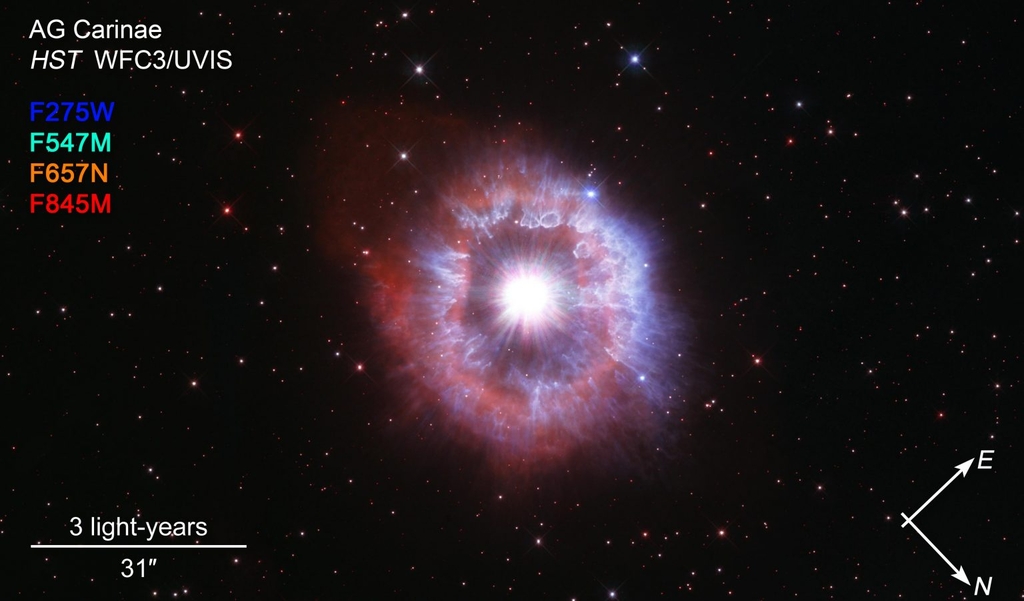
The image has been taken in visual and ultraviolet light; UV rays don’t reach Earth because of atmospheric absorption and hence the HST offers essential insights into astronomical objects at these wavelengths. Over the last 31 years, it has notably collected data to build the “Ultraviolet Legacy Library of Young Stars as Essential Standards (ULLYSES)” in order to understand how young stars act on their surroundings. The HST has many other achievements on its record: studying very distant galaxies to determine the Universe’s expansion rate, establishing the existence of quasars and their central supermassive black holes, finding some exoplanets, capturing extraordinary photographs of our solar system planets …
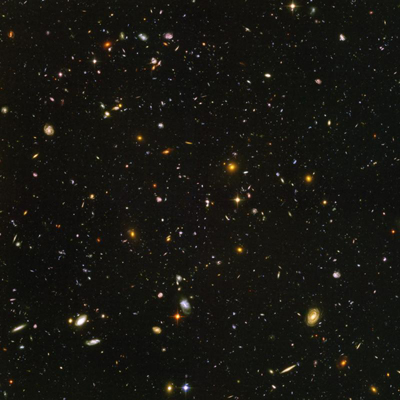
in a patch of sky that was previously just "dark"
The HST has been one of the most essential tools for astrophysicists over the past three decades; it has obtained images of a vast array of objects, including the exceptional LBV AG Carina.
Cover image: AG Carina, NASA, ESA, STScI
Image Credits:
1 - HST, NASA
2 - AG Carina, Hubble Legacy Archive, processing by J. Schmidt
3 - Annotated AG Carina, NASA, ESA, STScI
4 - Hubble Ultra Deep Field, NASA
